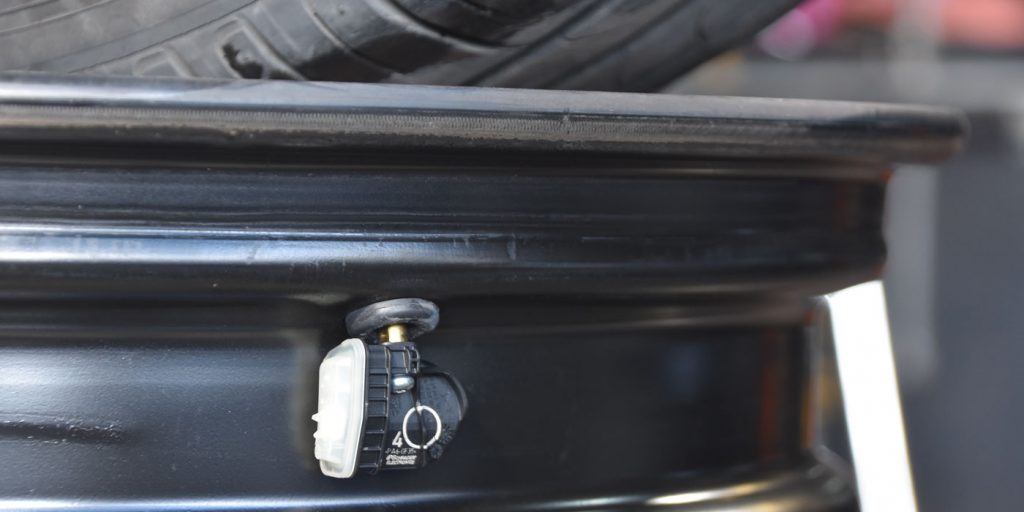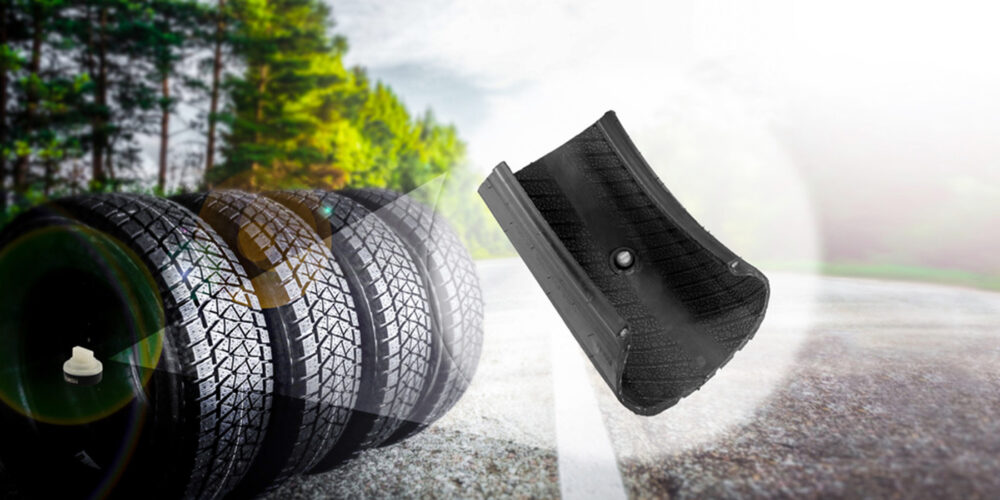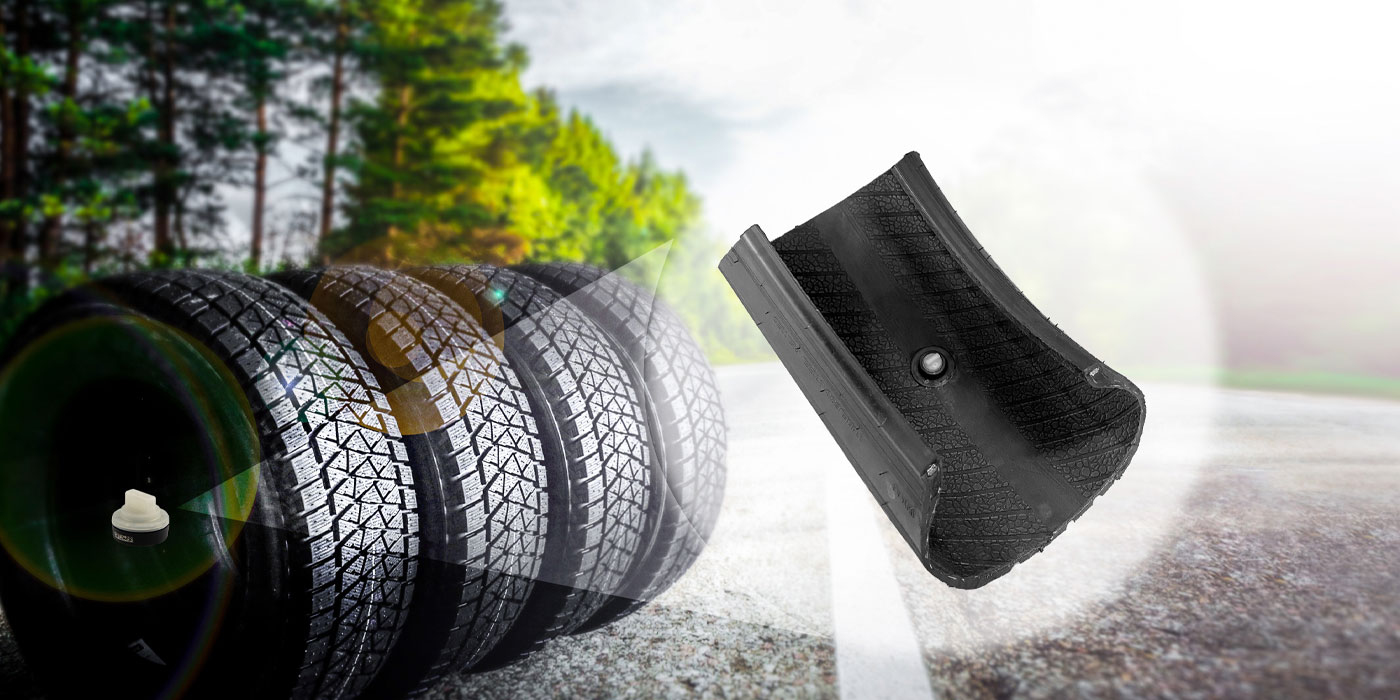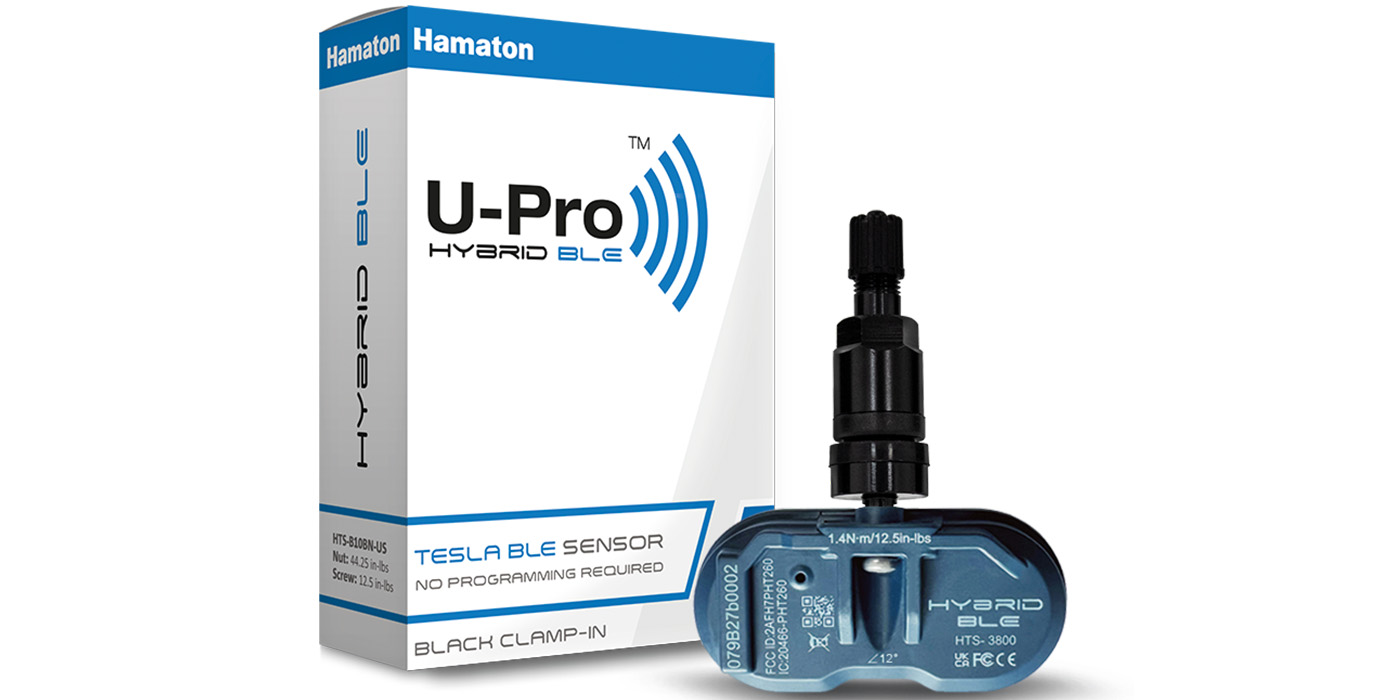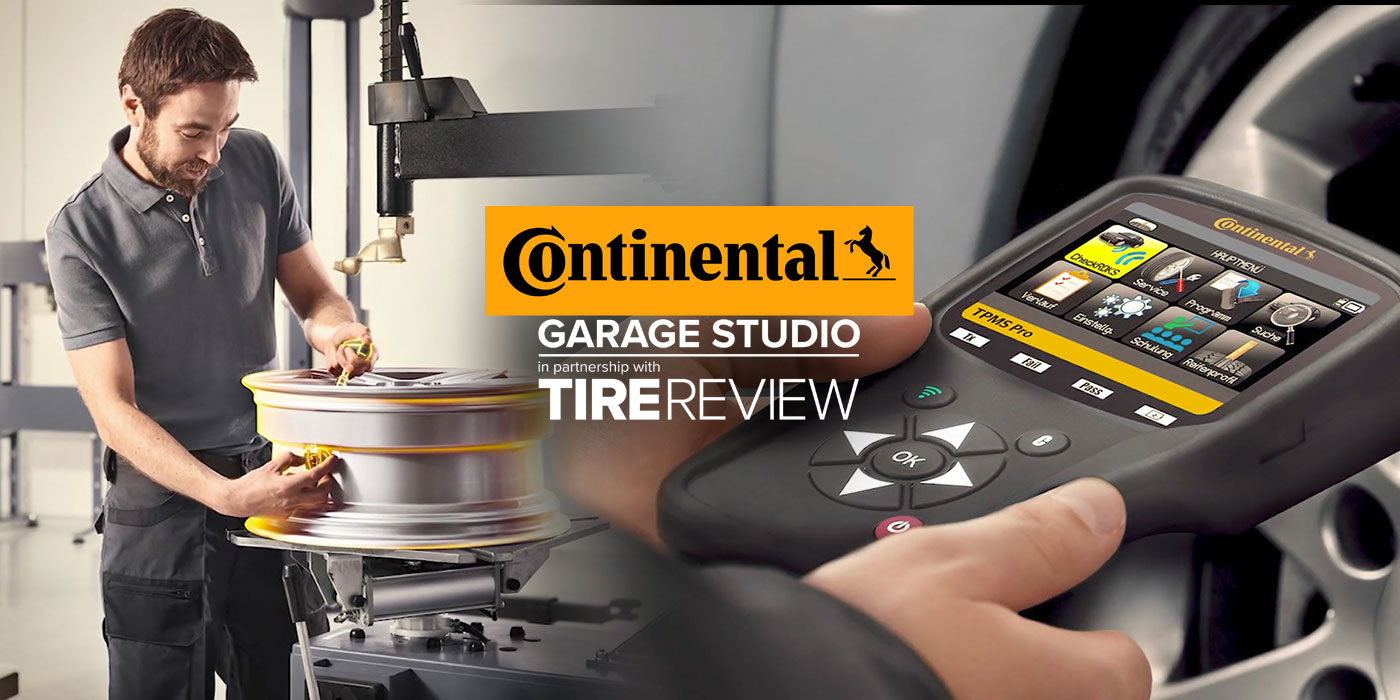TPMS and keyless entry can be difficult to understand because these systems rely on transmitting, receiving and decoding radio waves. You can see wires connecting modules and components, but seeing radio signals takes a little faith in science.
Radio waves are a type of electromagnetic radiation that have artificially organized patterns of waves so they transmit information. Still confused? Think of a TPMS sensor; it transmits a very low power signal that goes in all directions. The wave is absorbed and reflected off the vehicle and environment. The antenna on the vehicle, which could be on the windshield, in the wheel well or other locations, receives part of the wave.
TPMS sensor signals are low power and low frequency with the majority of sensors transmitting at 315MHz or 413MHz. Keyless entry fobs also operate at this frequency.
Remember that similar frequencies in the same area can interfere with each other. Even electronic devices like phone chargers can emit unintended electromagnetic radiation.
The transmitters in TPMS sensors are low signal devices subject to FCC Part 15 and are Class C devices. The signals are unencrypted, but the signal is so minimal that it cannot be read by anyone more than 100 feet away.
The other thing to remember is that similar frequencies in the same area can interfere with each other. There are a lot of consumer products in the 315-413MHz range, like home alarm systems, and home automation products like smart light bulbs. In some cases, electronic devices such as phone chargers can emit unintended electromagnetic radiation.
If a TPMS sensor transmitted all the time, it would not last very long. Most TPMS sensors will transmit when movement is detected through a simple accelerometer inside. If the wheel stops moving, the sensor will stop broadcasting after a programmed amount of time. But once it is triggered, the sensor transmits on a predetermined interval set by the manufacturer. A sensor will immediately send a signal if it detects a sudden loss in pressure. A sensor never receives radio signals during normal operation. The only time a sensor receives a signal is when a TPMS tool activates the sensor by emitting an electromagnetic pulse.
VIDEO: TPMS Antenna Curveballs
In the future, advanced tire information systems will have an expanded role that will include enhanced monitoring of pressure, temperature, acceleration, run-flat mileage, load detection, tread depth and storage of tire data.
There are some models that can send a signal to indicate reduced battery voltage if it goes beyond a specified limit, but not all sensors send such a signal, and this information is often inconsistent. For instance, cold temperatures can cause a temporary voltage reduction that corrects itself only once the tires warm up. The only proven way to know how much battery life remains is to fully use the sensor to depletion.
The TPMS system will not turn the light on if a single transmission is not received. It takes multiple missed signals. The system knows that a missed or garbled transmission might be an external issue like a sensor on another vehicle transmitting at the same time or interference from the sensor being behind a brake caliper. It is like a misfire monitor—it sets a code only if the problem reaches a specific threshold.
If a TPMS sensor transmitted all the time, it would not last very long. Most TPMS sensors will transmit when movement is detected through a simple accelerometer inside.
In the future, advanced tire information systems will have an expanded role that will include enhanced monitoring of pressure, temperature, acceleration, run-flat mileage, load detection, tread depth and storage of tire data. Down the line, this information will be processed, and the suspension, powertrain and braking characteristics of a vehicle could be further optimized as a result.
Radio Wave Diagnostic Tips
- Perform relearns away from other vehicles and sources of electromagnetic interference like alarms and home appliances.
- If a vehicle can’t receive signals from a sensor during a relearn process, try rolling the vehicle forward a few feet to unblock a sensor.
- To avoid radio frequency issues, try relearning sensor positions with a TPMS tool that can interface with the TPMS module through the OBDII port.
- If a sensor can’t be activated with a TPMS tool, try rapidly deflating the tire by pushing in the valve stem. Hold the tool near the tire to see if the tool receives the sensor’s ID.
- Do not retrain or program sensors around tire balancers and mounting machines. These machines cause sensors to transmit by deflating the tire rapidly or activating the sensor due to rotation. A vehicle might pick up the signal from a sensor that is not on the vehicle and when the vehicle is pulled out of the bay, the TPMS light will come on.
- Look for dash cams and radar detectors mounted on the windshield. Often these devices can cause interference that can block the TPMS antenna that might be mounted on or near the windshield.
- On long vehicles like pickups and cargo vans, the distance from the sensor to the antenna is pushed to the limits. It can get worse if the truck is filled with cargo like steel pipes or sheet metal.
Check out the rest of the February digital edition of Tire Review here.

